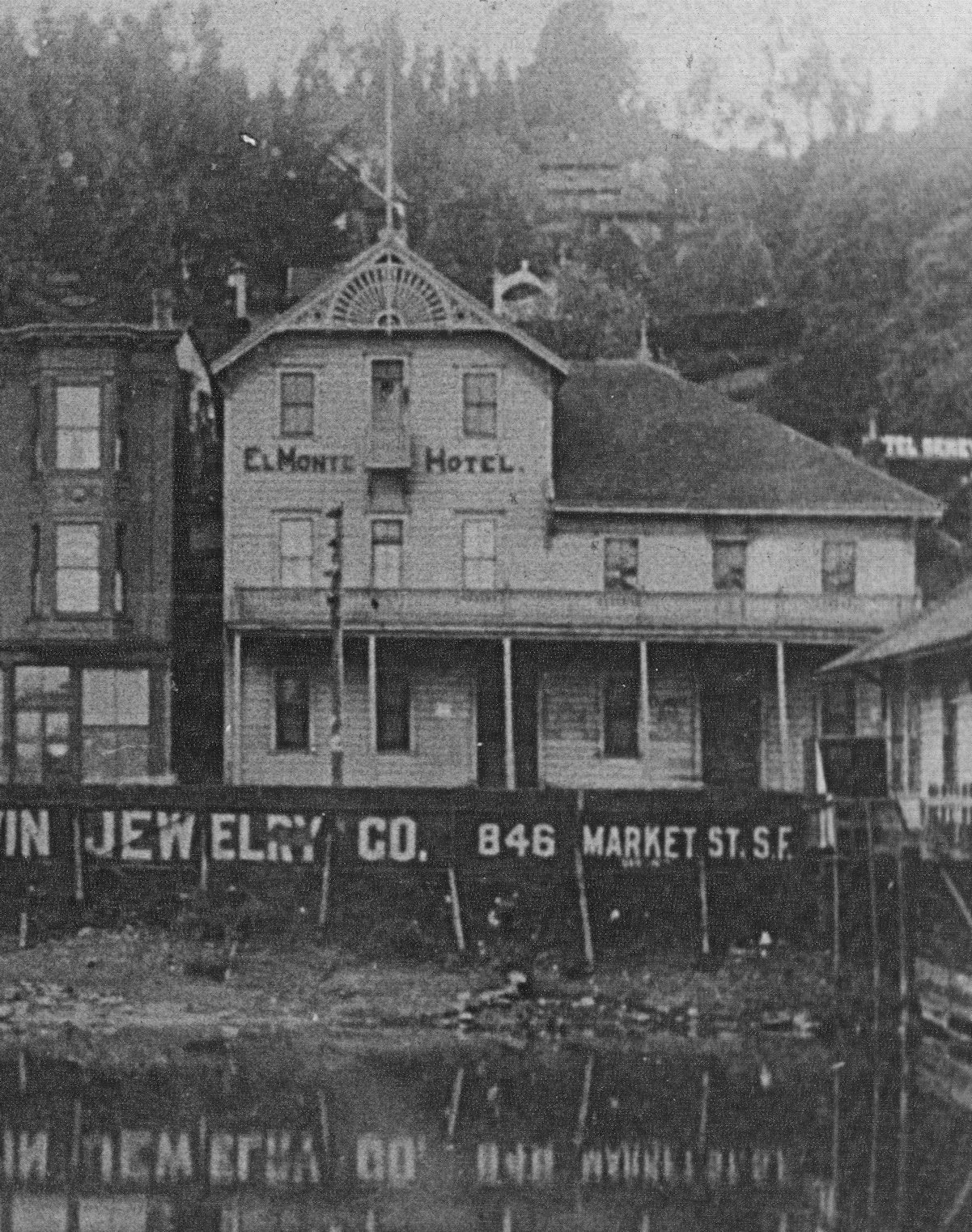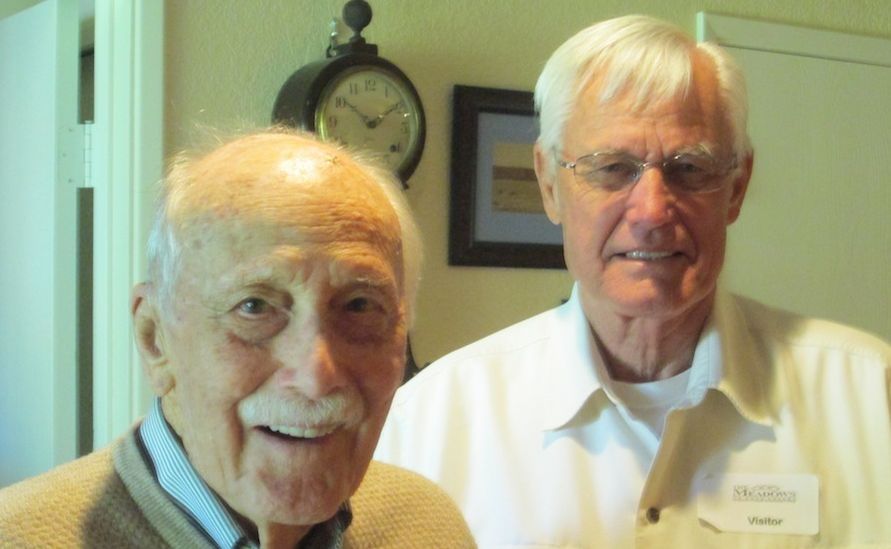By Larry Clinton, President
In the 1870s, “there was a brief flurry of excitement in Old Town, when manganese was discovered in the hills west of town,” according to Jack Tracy’s Sausalito history book, Moments in Time. According to Tracy, “The ore found in the rock outcroppings was rich enough to justify small-scale mining. Tunnels were dug near the springs between present-day Prospect Avenue and Sausalito Boulevard. Henry Eames, an opportunistic inventor, built an ore reduction plant at the foot of Main Street to process the manganese ore. By 1880 the Saucelito Smelting Works was producing about fifty tons of black oxide annually, hardly enough to make Sausalito a mining center.”
But complications soon arose. According to Wayne and Linda Bonnett, publishers of Tracy’s Book, “the richest (or easiest to dig) deposits were above the head of Main Street where the springs are. Tunnels were dug all over the place. Naturally, the tunnels quickly and constantly filled with water. When they were abandoned by 1893, the tunnels were sealed. (Some of these sealed tunnels contributed to the landslide in 1982.) The mining operation became a rock quarry, supplying much of the chert blocks that make up the residential rock walls in the area.”
According to the Sausalito News of February, 1893, the property where the smelter had been located was sold to J. Lowder who would build the Walhalla Restaurant there (later morphing into Sally Stanford’s Valhalla).
“The existing tunnel, however, was not sealed up,” report Wayne Bonnett. “By then it had become an outlet for the springs. It drained spring water from the still unbuilt lots above Sausalito Boulevard and Prospect. The city around 1910 ran overhead drain pipes from the tunnel to a drain on Sausalito Boulevard (still in use) and the iron door was installed to keep kids and others from going inside.
“Over the years, the city maintained the tunnel as a drain, keeping it from collapse as needed. Still, water seeping into it drips from overhead and runs down the ramp portion of Sausalito Boulevard that runs above the tunnel. The city workers would, from time to time, clear weeds from around the iron door, but the outflow usually was a polluted mud hole, convenient only to passing dogs. Paul Meserve and Dale Hawkins were landscape architects and city planners who lived near the spring at 494 Sausalito Boulevard for many years (Paul was on the Planning Commission in the 1970s). They voluntarily cleared the weeds and planted flowers, pickleweed, and shrubs along Sausalito Boulevard, including the spring area.
“When Dale and Paul died in the early 1980s, Sanford and Violeta Autumn and Linda and I decided that the spring would make a fitting memorial for Meserve and Hawkins for their many works on behalf of Sausalito. Sanford Autumn designed it and did the rock work, lining the catch basin in front of the iron door, and making the little waterfalls that seem to tumble naturally from the entrance.
“When the spring entrance project was completed in 1987, we installed the little plaque and held a block party on the driveway ramp across from the spring for residents who lived nearby. For many years after, Violeta and Sanford clipped the grass, cleared the drain, and generally kept the place looking tidy. It needs regular maintenance because the spring-fed water grasses grow so rapidly and the ponds silt up easily. City workers, from time to time, clear the area.”
The tunnel, somewhat overgrown at present, can be viewed on the uphill side of the 500 block of Sausalito Boulevard, just below Crescent. As Wayne Bonnett puts it, “The tunnel is a footnote to Sausalito history, a remnant of a time when people mainly looked for ways to exploit Sausalito rather than enjoy it.”

The imposing structure on Whaler’s Cove in 1882 is the Saucelito Smelting Works.
 Friday, November 15, 2013 at 01:34AM
Friday, November 15, 2013 at 01:34AM 



